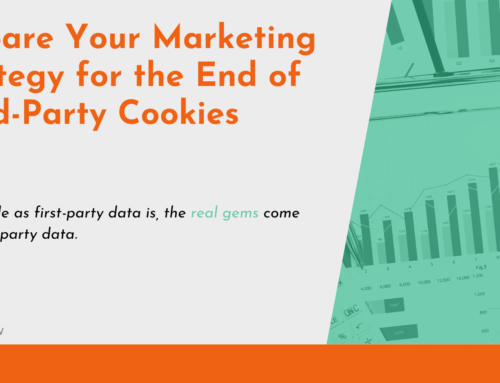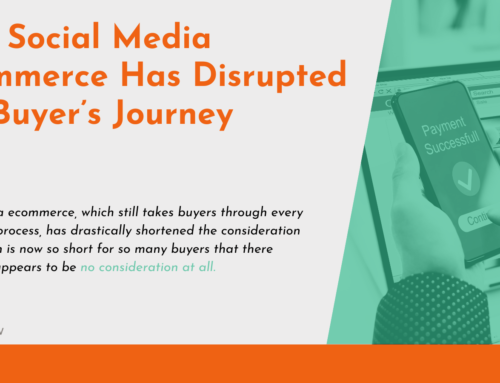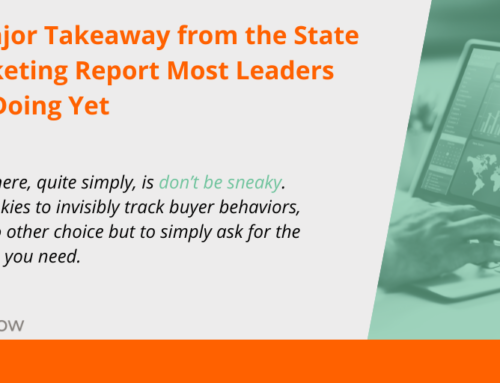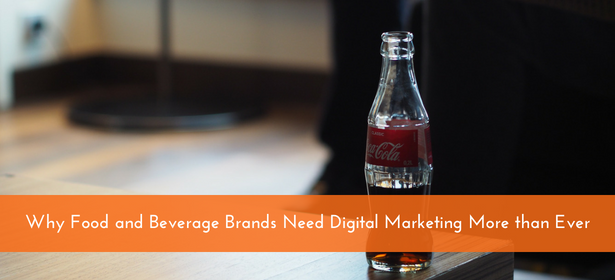
We’ve all seen the heartwarming, amusing, informative social media posts that make the rounds for Coca-Cola, Doritos, and Campbell’s. Brands like Kellogg’s, Ben & Jerry’s, and Oreo have been dominating the social media and digital marketing landscape for years. Even healthy brands like Chobani, Clif, and Kind are muscling their way into the spotlight—and buyers’ consciousness—through the use of various digital media.
It’s hard to argue that digital marketing isn’t important these days, but sometimes it’s hard to put a specific value to that marketing, especially when word of mouth and supermarket placement has been enough to carry a brand through for decades. When the bottom line is still in the black, why consider making changes to your marketing strategy? Perhaps these statistics could sway your thinking.
Every Generation Is Online
Regardless of your target audience, you’ll find them online. Generation Z through Baby Boomers—and even beyond—spend time on the internet. Did you know that 62% of people over the age of 65 use Facebook? Beyond that, 30% of retail shoppers who recently made a purchase discovered that product or brand on Facebook.
It’s easy to believe that social media—particularly the platforms outside of Facebook—exist solely for younger users. The numbers seem to support this conclusion, with 59% of users aged 18-29 on Instagram, and 36% of that same age group using YouTube. But the messages found on these platforms reach shoppers of all ages. In fact, some of the latest research shows that Baby Boomers may be more engaged with YouTube ads than Millennials and Generation X, especially in the food marketing space, with 31% engagement compared to the average 27.5%.
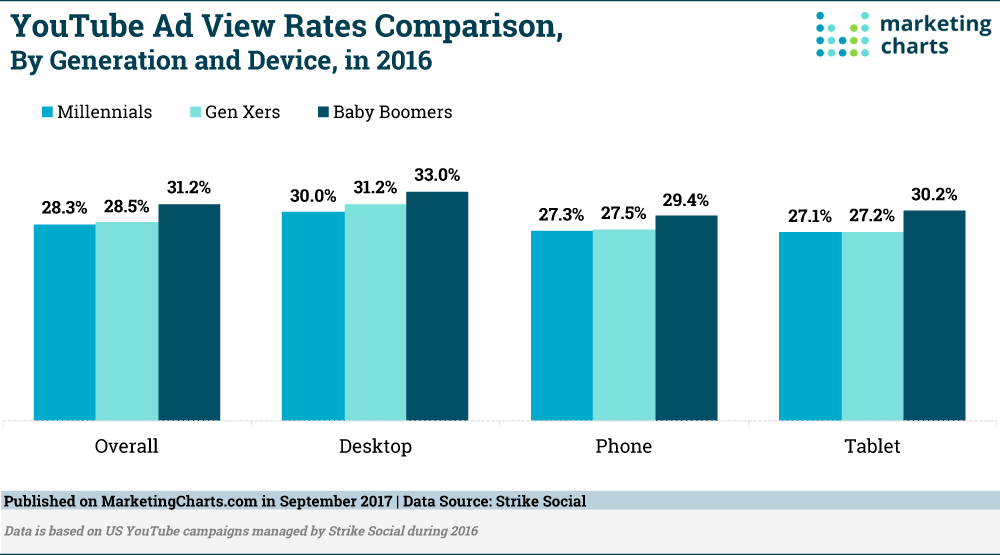
Social Boosts Word of Mouth
Brands that count word-of-mouth marketing as their most powerful tool have it right. There really is no better way to market your brand than through the positive reactions your buyers have. What you may be missing, however, are the tools necessary to magnify those words so they reach more eyes and ears.
Did you know the conversations on social media drive 9% of consumer sales? That’s higher than the 6% of sales driven by word of mouth offline. If you’ve been relying on that boost outside of Facebook, Instagram, and Twitter, then now is the time to take your marketing into the digital age.
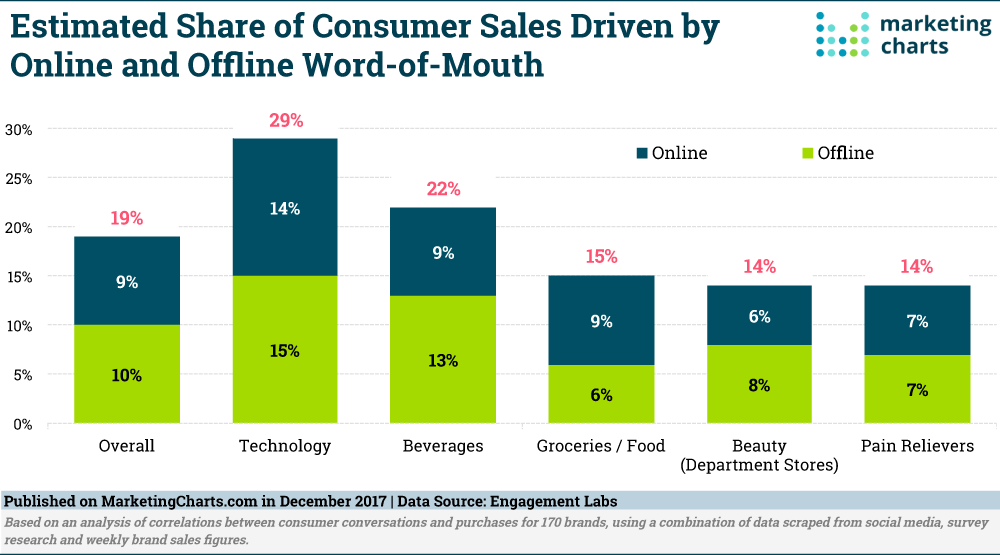
Buying Moves Online
It’s no secret, with companies like Amazon raking in billions each day, that a large percentage of shopping takes place online. Twenty percent of shoppers with an income of less than $30,000 per year shop online, while a whopping 62% of those earning $100,000 or more use ecommerce. This does include groceries, with the aid of several grocery delivery companies like Instacart and Shipt, and could result in $100 billion spent online on groceries over the next ten years.
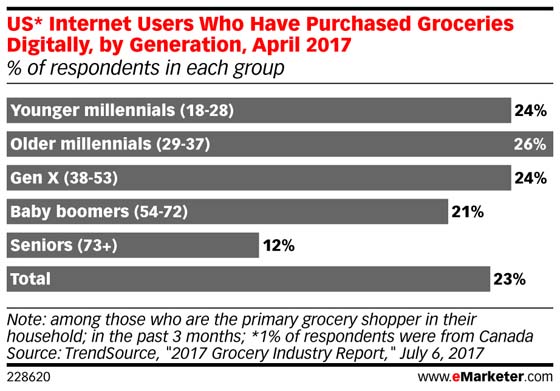
Online marketing lends itself to online shopping, as many consumers prefer a one-stop shop. This is encouraged by the use of online coupons, a trend that is growing. Studies show that 55% of internet users will redeem a digital coupon at least once per year. That number amounted to 127.5 million people in 2016 alone. The same study shows that 41% of consumers also use their smartphones to check for deals while shopping in brick-and-mortar stores, so online marketing affects even those who don’t yet shop online for groceries.
Marketing Strategies That Work
Content
Content marketing is now and has been the best way to reach your target audience. For many, the word “content” brings to mind blogs and articles, but the digital world gives hundreds of options for sharing information about your brand. Emails, blogs, articles, images, presentations, videos, infographics, animation—the list is endless. The trick is to determine which type of content works best to reach your target buyer.
Personalized email campaigns have shown serious promise, with a grocery outlet experiencing a 25% increase in click-through rates. The operative word is “personalized,” as buyers still prefer to receive information that’s relevant to their needs. In fact, one brand discovered that personalized content led their buyers to consume even more content—three or more pieces, to be exact. And when buyers consume three or more pieces of content, they’re then six times more likely to click a call to action, such as “buy now,” than unengaged consumers.
Influencers
All the content in the world won’t help if you have no way to distribute to your buyers. This is where social media and influencers come into play. Influencer marketing, when done correctly, can expand your reach exponentially.
It’s important to note that influencer marketing doesn’t mean finding a celebrity to endorse your brand. In fact, studies show that consumers are less likely to trust a celebrity endorsement than they are to follow bloggers and social media personalities with small, niche audiences and high authority in their field. Relevancy is always more important than reach, at least according to 72% of marketers.
In fact, in most cases, smaller audiences enjoy higher engagement. And, as we learned earlier, engaged audiences are six times more likely to click that “buy now” button. Perhaps even more powerful than that buy button is the chance to reach a wider audience. Influencer marketing has helped companies experience more engagement and wider organic reach than offline word of mouth marketing.
And that brings us back full circle, doesn’t it? In the beginning, your food and beverage marketing revolved around word of mouth. The bottom line: digital marketing strategies can help you magnify and multiply word of mouth so that you can sell more, whether you create a blog, start a YouTube channel, work with influencers, distribute online coupons, or all of the above and more.
If you’re ready to make the move to digital, we’re here for you. Give us a call to see how we can help you magnify your brand with a digital marketing strategy.

